Why Form Should Follow Function In Interior Design
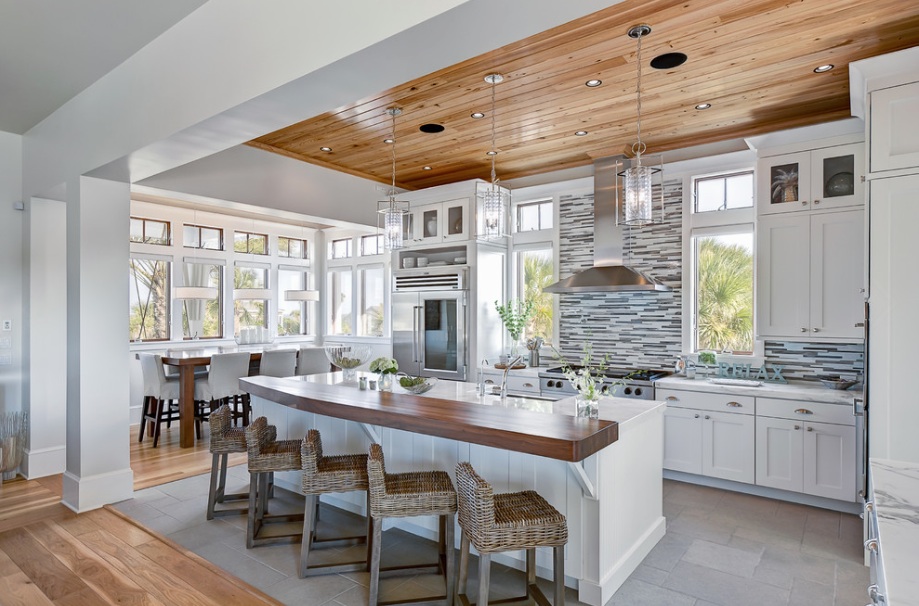
Everyone has, at one point or another, found himself or herself carrying something around the store that they love, but don’t necessarily need. It’s easy to pick up an item on impulse and be drawn to its visual appeal without really considering what you would ever need it for.
So on you walk down the aisle carrying this beautiful, yet useless item and battling internally on whether you just go for it and purchase, or return it to the shelf as quickly as you can, avoiding buyers remorse.
It’s a part of human nature to be drawn towards beautiful things—even if they aren’t exactly the right choice in the moment. This same theory weaves seamlessly into interior design. You could go through a store and pick up every single stunning accent piece you see, but when you put them all together in a room without a couch or table or any other important or necessary item—they become clutter that generally serve no purpose at all.
For this reason, it’s best to keep in mind that form should follow function when it comes to interior design. You don’t want to fall into the trap of creating spaces full of unimportant items just because they shine. Instead, you want to aim to create a space that is equally efficient and appealing.
Here are the specifics on how to design a room where form follows function.
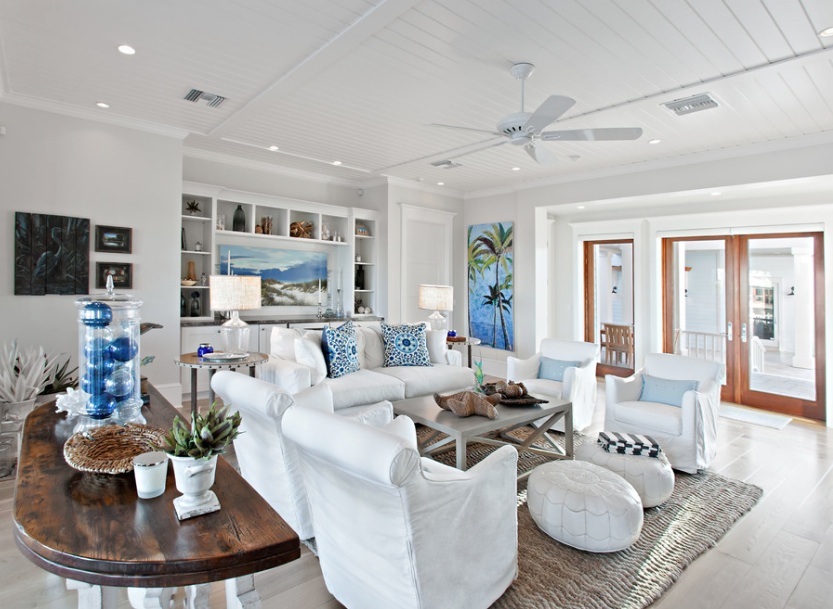
Plan With A Purpose
There is no logical way to design a space until you determine what the primary function of that space will be. This means that it’s absolutely essential to plan for people and purpose before you ever begin to think about color schemes or trim. While all of those details are extremely fun to participate in and even more exciting to put together, without understanding what a room will be used for, there’s no way to add the right accent pieces.
Ask yourself if a room will be used for large and frequent social gatherings or filled floor-to-ceiling with children on a daily basis. These two uses require extremely different necessities when it comes to layout and furniture, and only once you’ve established the floor plan can you begin to add the smaller features like pictures, toys or end tables.
Planning with a purpose first will naturally lend itself to the smaller details that need to be attended to later on. Allowing the form to follow the rooms function results in a perfect room design.
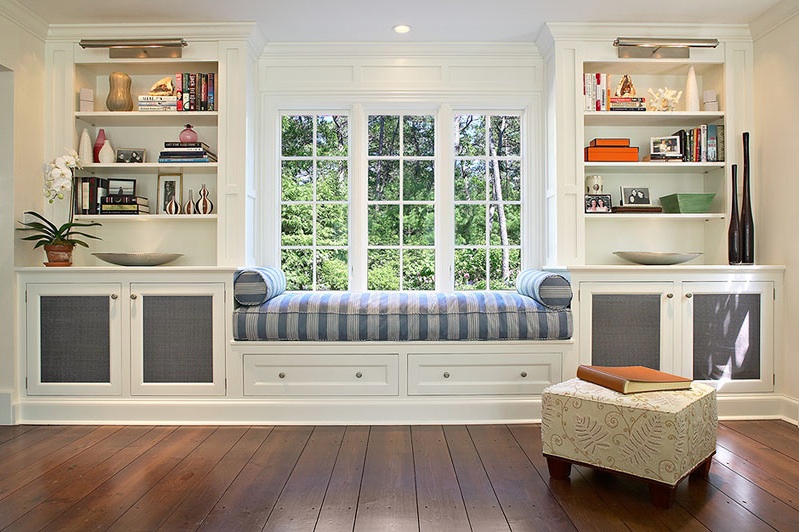
Interior Design Changes Over Time
The beauty of interior design is that it’s never a permanent move. Interior design schemes can be regularly changed up and for this reason, function within any space has to be a primary concern. Function, on the other hand is much harder to change once it done (think about trying to move permanent wall structures because you discovered your lifestyle functions better in an open space rather than the initial walled-in layout that you thought you wanted.)
When you decide to switch up your interior décor yet again, it’s much easier to have a solid layout base with large furniture and only have to worry about creating new accent pieces. If you create a room that is mostly focused on accent pieces and design, you’re going to inevitably find yourself overwhelmed at the prospect of having to not only switch out detail décor, but find a way to fit it into an ill-designed space.
Stick to function first and you’ll have a solid floor plan to work from and change up at will. This same rule applies to exterior design lessons as well. Frank Lloyd Wright, the architect who coined the phrase form follows function, always used this theory in both his interior and exterior designs.
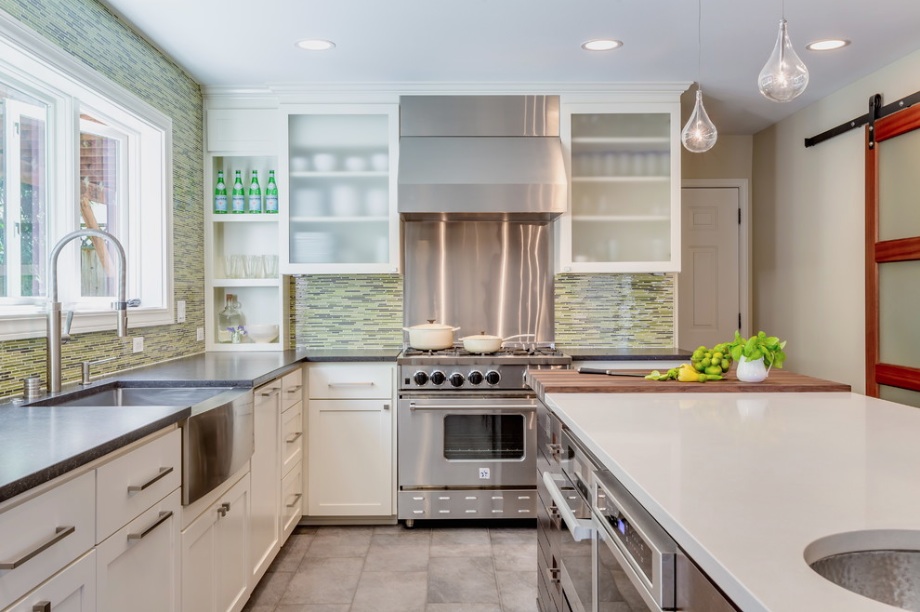
Functional Spaces Are More Valuable
Even if you put your heart and soul into your interior design efforts, chances are you won’t spend the rest of your life in the same home. When it comes time to move, it’s essential that you have some type of bargaining chip to lay on the table and increase your home’s overall value on the market.
Creating spaces that are built with function in mind act as this value-pusher. Accent pieces can easily be packed up and taken along for any move, but design based on functionality provides the option of throwing furniture that’s already well laid-out into the deal. Over all, a home whose room layout and design are highly functional is much more appealing to buyers. There are not many buyers on the market who want a home filled with small choppy rooms—open spaces with floor plans that flow together are ideal for current home sales.
When you lay out your home, be sure to take the future into consideration and give yourself options that will eliminate stress and also attract potential buyers in the years to come.
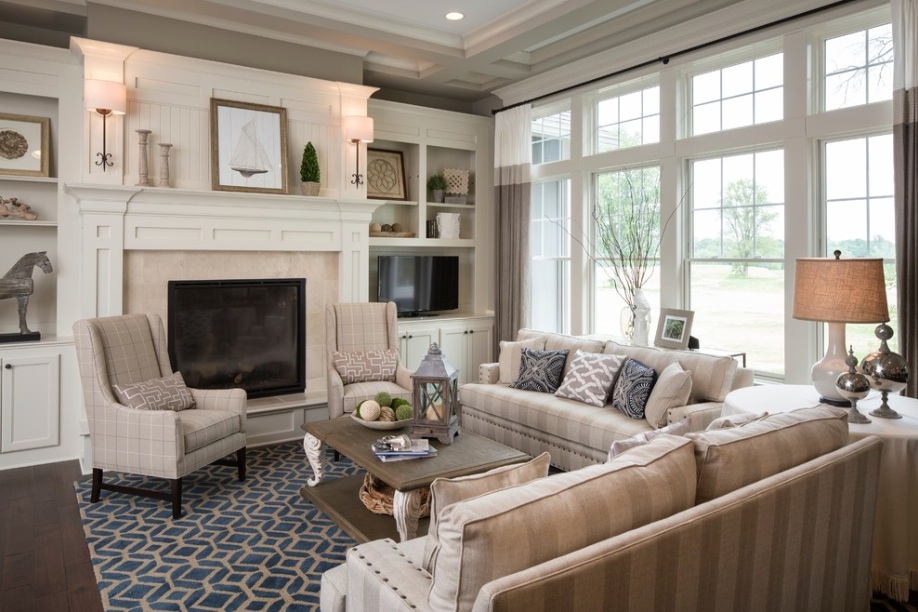
Considering Cost
An interior design effort that puts function before form is a plan that also considers the cost. Wasteful spending in the world of interior design often happens frequently to those without a proper design or floor plan.
Picking up random items here and there can be a bank-draining endeavor that ultimately leads to a room without a true direction or purpose. If you go into the design process understanding what you aim to achieve and for whom, then you are going to spend less on items you don’t need and will invest more intelligently in those items that will stick around long term.
Your home is your central hub for comfort, family and friends and therefore deserves your best efforts when it comes to interior design. Let your personal taste and style pull through your creativity, by making sure you’ve covered the functional groundwork first! You’ll be happy you did when your home’s interior is equal parts useful and stunning.
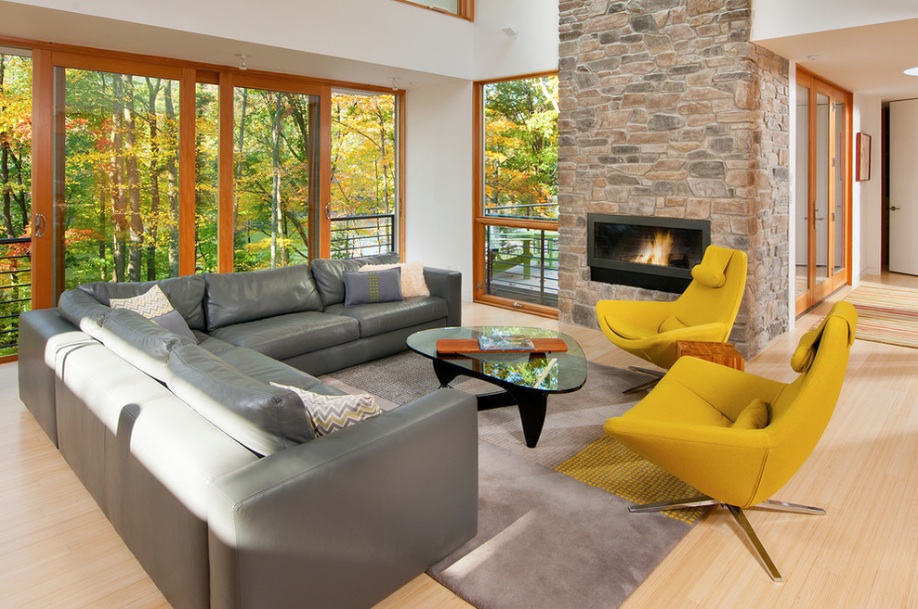
While it so fun to shop for interior decor items and furnishings, it is imperative to have a functional room design first. It may be helpful to hire an interior designer to help you layout your functional floor plan.
There is nothing worse than cooking in an un-functional kitchen or sleeping in a bedroom whose layout just doesn’t feel right. be sure to plan your designs with a purpose and then go have fun with the accessories.
Are you living in an un-functional home? What do you feel needs to change in rode to make it functional?
